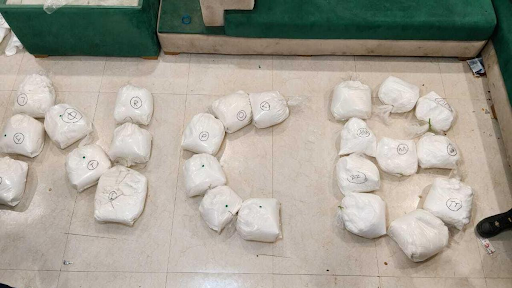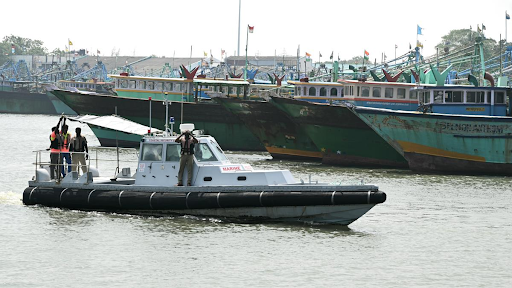




Source: INDIANEXPRESS
Disclaimer: Copyright infringement not intended.
The operation Sindoor was launched in retaliation for the Pahalgam terror attack where Pakistani terrorists targeted innocent civilians.
Targeted 21 terror camps across nine locations in Pakistan and Pakistan-Occupied Kashmir.
Deliver justice for victims of terror.
Destroy terror infrastructure operated by groups like Jaish-e-Mohammed (JeM), Lashkar-e-Taiba (LeT) and Hizbul Mujahideen.
Dismantle Pakistan’s narrative of plausible deniability via proxy terror groups.
Precision Strikes
Conducted using advanced long-range precision-guided munitions.
Minimal Collateral Damage
Use of niche-technology weapons with carefully selected warheads.
Targets
Markaz Subhan Allah (JeM base in Bahawalpur)
Markaz Taiba (LeT base in Muridke)
Mehmoona Joya (HM base in Sialkot)
Air-to-ground precision-guided bomb
Platform: Rafale fighter jets
Range: Up to 70 km
Origin: France (Safran Group)
Features: Jamming-resistant, versatile for tactical targets.
Long-range air-launched cruise missile
Range: Approx. 450 km
Capabilities:
Stealth and terrain-following flight
Penetrates hardened bunkers
Platform: Rafale
Navigation: INS + GPS + Terrain Referencing
Beyond Visual Range Air-to-Air Missile (BVRAAM)
Range: Over 100 km
Features:
Ramjet propulsion
High ‘No Escape Zone’
Works in high electronic warfare environments
Type: Supersonic cruise missile
Speed: Mach 2.8–3.0
Range: Up to 500 km (extended versions)
Warhead: 200–300 kg conventional
Platforms: Land, air, sea
Features: Fire-and-forget, low-altitude flight, high precision
Use: Reconnaissance + precision strike
Function: Hover over targets, strike on identification
Significance: Reduces exposure of personnel, enables covert deep-strike capability
Shift in Strategic Posture
Goes beyond retaliating for a single incident (Pahalgam).
Targets permanent and ideological centres of terror over two decades.
Precision Without Escalation
India targeted non-military assets to maintain escalation control.
Avoided direct hits on Pakistani military infrastructure.
Extension of Operational Depth
Unlike 2016 (Uri) and 2019 (Balakot), strikes in Sindoor went deeper into Pakistani territory, crossing both LoC and International Border.
Deterrence Messaging
Challenges Pakistan’s assumed immunity behind nuclear posturing.
Reinforces India’s right to self-defence under Article 51 of UN Charter.
FATF and Terror Accountability
Operation Sindoor indirectly highlights Pakistan’s superficial compliance with FATF obligations.
References to terrorists like Sajid Mir underline the duplicity of Pakistan’s counter-terror claims.
|
Parameter |
Surgical Strikes (2016) |
Balakot Strikes (2019) |
Operation Sindoor (2025) |
|
Trigger |
Uri attack |
Pulwama attack |
Pahalgam attack |
|
Targets |
LoC terror camps |
JeM camp in Balakot |
21 camps in PoK + Pakistan heartland |
|
Depth |
Cross-LoC |
Cross-IB, shallow depth |
Deep inside Pakistan |
|
Weapons Used |
Conventional arms |
SPICE 2000 |
HAMMER, SCALP, BrahMos, Loitering munitions |
Sources:
PRACTICE QUESTIONQ. Operation Sindoor marks a significant evolution in India's counter-terror strategy. Discuss the strategic, diplomatic and technological dimensions of the operation. 250 Words.
|





© 2025 iasgyan. All right reserved